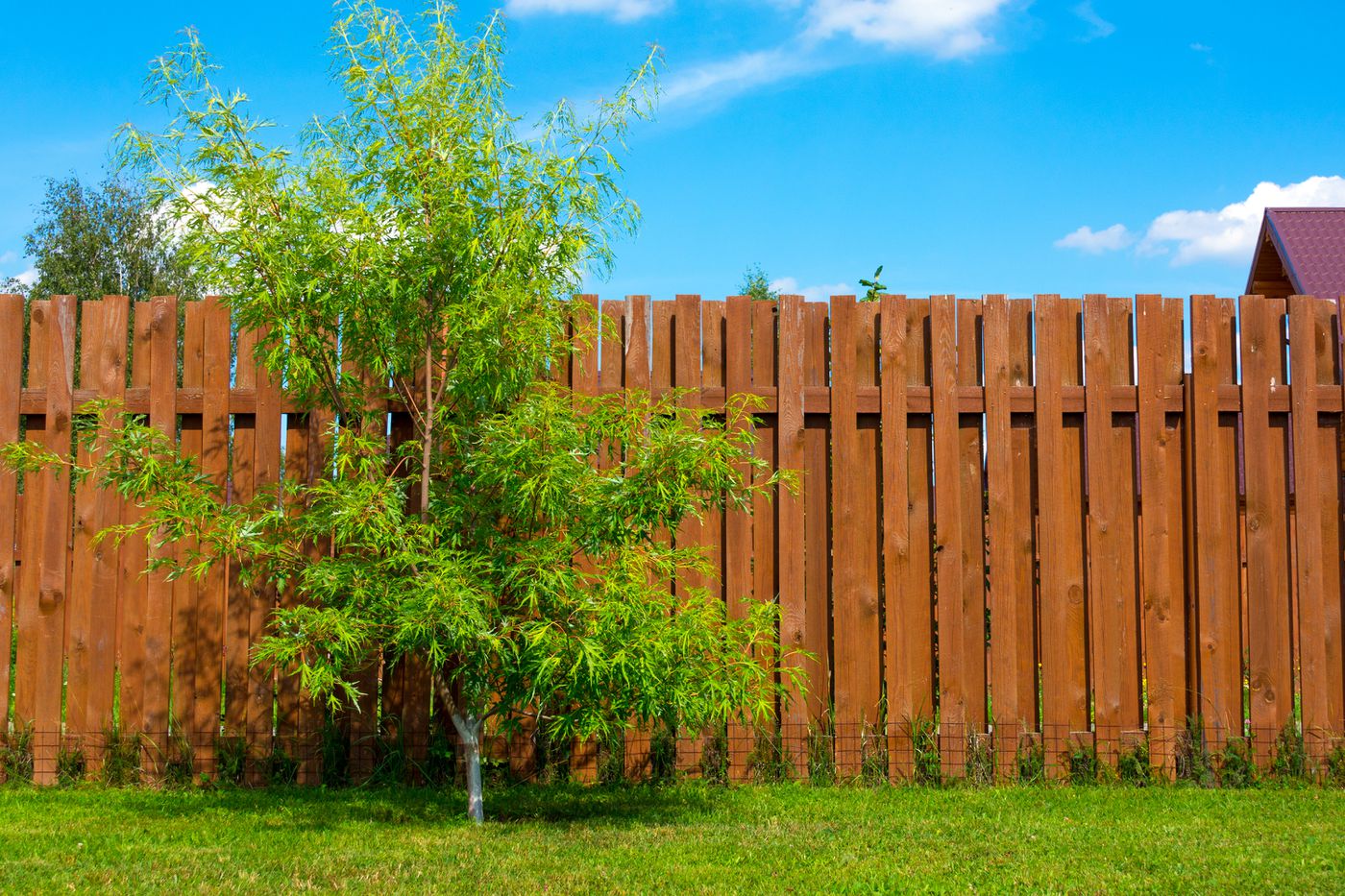There are a few different types of fences that can withstand high winds. These include wood, board on board, aluminum, and chain link. Each of these types has their own advantages and disadvantages. Read on to discover more. If you live in an area that experiences high wind damage, check out these types of fences.
Contents
Chain link fences
If you live in a high-wind area, you need to choose a fence type that will withstand strong winds. Wooden fence posts and other pvc picket fencing that can be easily blown away will not hold up in high winds. You need to choose high-quality fence material and secure fence posts that will resist rotting and moisture.

Chain link is one of the strongest types of fence and can withstand high winds. The open spaces of chain link allow the wind to pass through without putting any pressure on the entire fence structure. It is also very low-maintenance because it is galvanized and resistant to rust. It is also stronger than wood, so it won’t sag. However, it is important to note that it does not provide complete privacy.
Aluminum fences
Aluminum fences are durable and strong, and they can withstand the full force of Mother Nature. Aside from being strong, they are available in a variety of wire gauge sizes and colors. Another option for high-wind protection is wrought iron fencing. These fences are sturdier and are more decorative, but they don’t offer privacy.
Aluminum fences have a unique advantage over other fence materials. Because of the material’s rust and corrosion-resistant properties, they are very durable and resistant to high winds. However, they do need proper maintenance. Poor care can cause aluminum to corrode, particularly at the lower portions and joints. This corrosion can leave white or green spots on the fence.
Wooden fences
When constructing a fence, consider the wind conditions of your area. Certain types of wood stand up to strong winds better than others. A tall fence, made of cedar, will be more resistant to high winds than a short fence made of pine. Other factors, such as length and height, also play an important role.
When installing a wood fence, make sure the posts are properly anchored. The depth of the posts should be at least a third of the height of the fence. The length of the posts may vary from 1/3 to 1/2 of the height of the fence. It is also important to maintain the fence properly. If you notice any cracks, rot, or wear, take steps to repair the problem.
Wooden fences with gaps
When building a fence, it is best to use strong materials that can stand up to high winds. If the materials are weak, the fence will collapse under the force of the wind. Another option is to install a fence with gaps that let air and wind flow through. This will create a barrier against the wind while still providing privacy and curb appeal.
When choosing a fence, consider where you live. Certain locations are more susceptible to high winds than others. For instance, properties near the coast or in open areas are likely to have high winds. Knowing what kind of fence will work best in these conditions can save you a lot of money. There are several types of wood fences available. If you live in a windy area, consider choosing a fence with gaps in the top and bottom.
Wooden fences with solid surfaces
There are many types of wooden fences available. Cedar and redwood are common hardwoods that stand up well to wind and are often resistant to insects. These types of fences are also ideal for high-wind areas. The height of the fence also affects its ability to withstand wind. The taller the fence, the more surface area it has and the less likely it is to be damaged by strong winds.
To prevent a wooden fence from collapsing due to high winds, check the height and placement of the fence posts. Concrete posts are generally better than wooden ones. Also, make sure the posts are installed deep enough to withstand high winds. If possible, set the posts three feet underground.
Wooden fences with cedar pickets
Wooden fences with cedar picketed panels are a good choice for high wind zones because of their weather-resistant properties. They are less susceptible to decay and moisture than other materials, so they last longer. Cedar also resists rotting, but constant exposure to the elements can discolor and crack the wood. A sealant applied to the boards once a year or two will prevent these problems. It is also recommended to reapply the sealant when the fence gets too soaked with water.
A wood fence can withstand high winds much better than a solid fence. This is because it allows the wind to blow freely between pickets while providing privacy. However, it’s best to choose a fence made of a harder wood, like cedar.